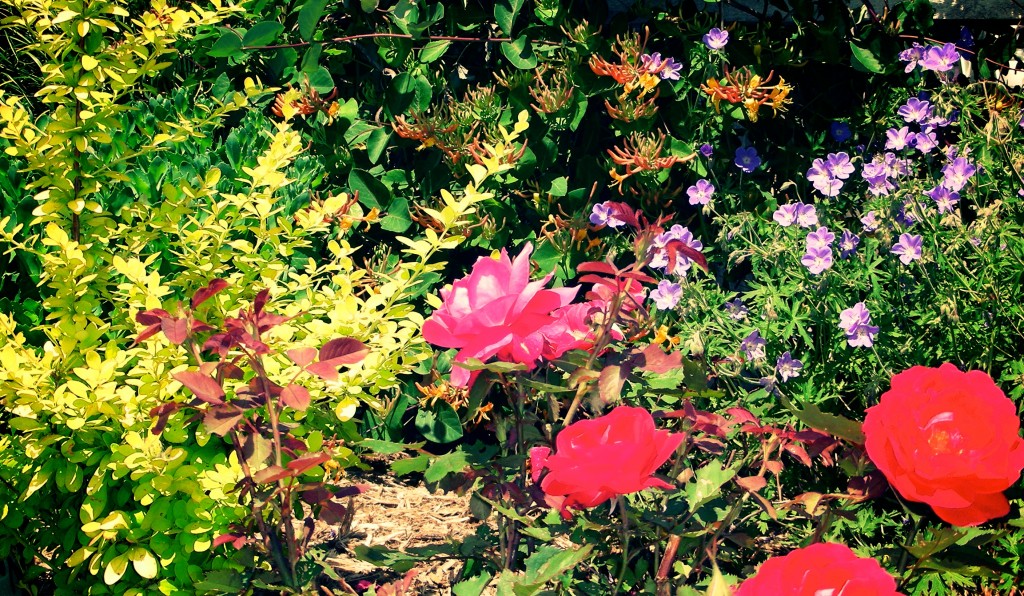
Pollinator gardens that are full of native plants are a lovely way to attract pollinators to your yard. Butterflies, bees, moths, and birds, to name a few, not only love the nectar and pollen from those plants, they need it to survive.
Pollinators like bees and butterflies play huge role in how our plants grow. Some scientists have estimated that one out of every three bits of food that you eat exists because of pollinators. Unfortunately, there has been an increasing decline in many pollinator species due to habitat loss, disease, parasite, pesticides and environmental contaminates.
Here are some tips on adding a pollinator garden in your yard.
Plant native wildflowers
Native plants are most likely to thrive well in your area. They are low maintenance and are adapted to the local conditions. Native wildflowers will also provide the food that pollinators are looking for. Many common garden flowers have been bred by human to exhibit traits they didn’t originally have. Extra petals or different colors are two of the most common traits that are bred into flowers. Unfortunately, those flowers often lack the nectar or pollen needed to attract butterflies.
Top Minnesota native plants for pollinator gardens
- Milkweeds – Minnesota’s state insect, the Monarch butterfly, loves milkweed. Plus, monarch butterfly caterpillars will only eat milkweed. The plant is also a great nectar source for other pollinators.
- Purple Coneflowers – Everything seems to love purple coneflowers! They are bright pink and drought tolerant, which means even if you forget to water them for a while, they should be just fine.
- Black-eyed Susan – The bright yellow flowers of the black-eyed susan are a great nectar and pollen source for many insects. They are also drought tolerant.
- Meadow Blazingstar – Butterflies and hummingbirds love the meadow blazingstar. It is tall and rich in nectar and is also a great way to attract monarch butterflies in the late summer and early fall as they migrate back to Mexico for the winter.
- New England Aster – Crescent butterflies use the New England aster as a host plant for the caterpillars. It’s bright purple flowers make it one of the most striking plants in the fall.
Avoid pesticides
There has been a lot in the news in recent years about the effect that pesticides have been having on the pollinator populations – especially the bees. Pesticides can be absorbed into plants and kill pollinators months after they have been applied. Use organic methods to keep your yard and garden safe for you and for any pollinators that might be stopping by for a visit.
 Contact 612-483-GOAT
Contact 612-483-GOAT